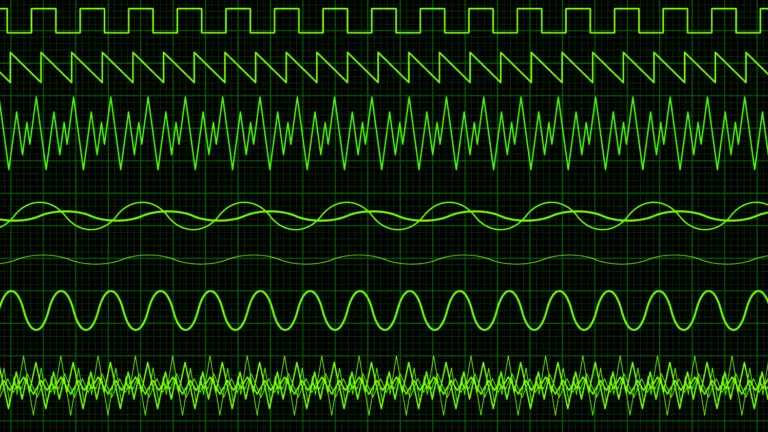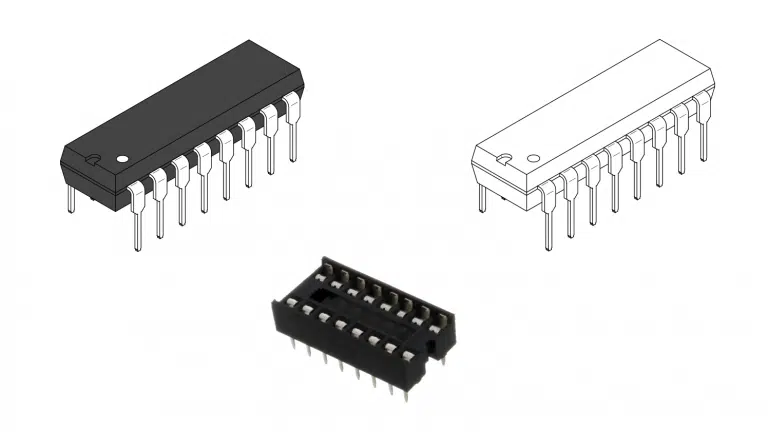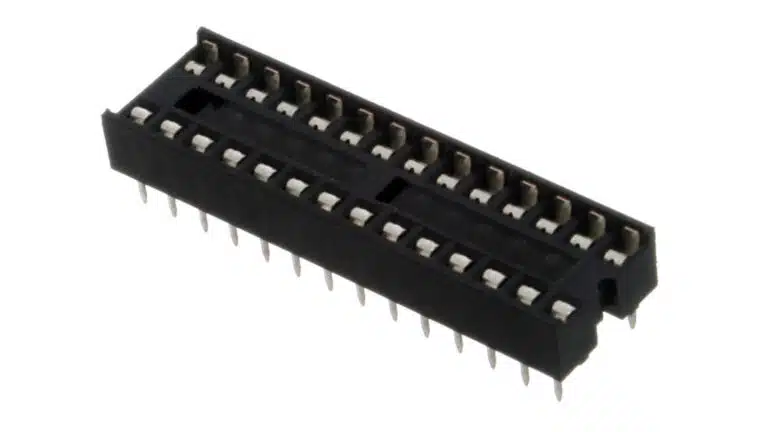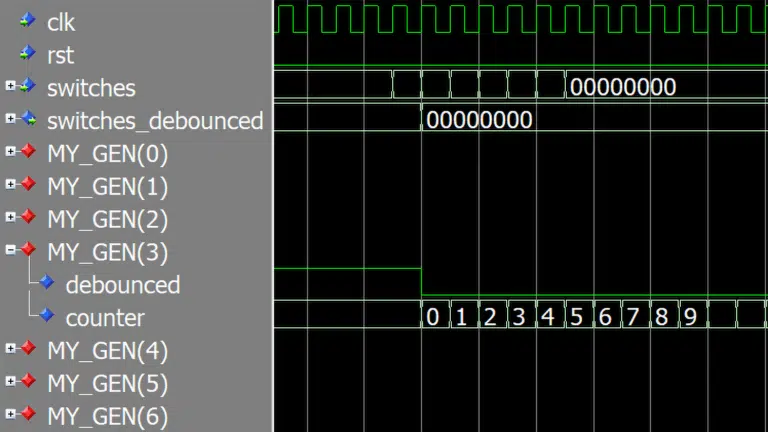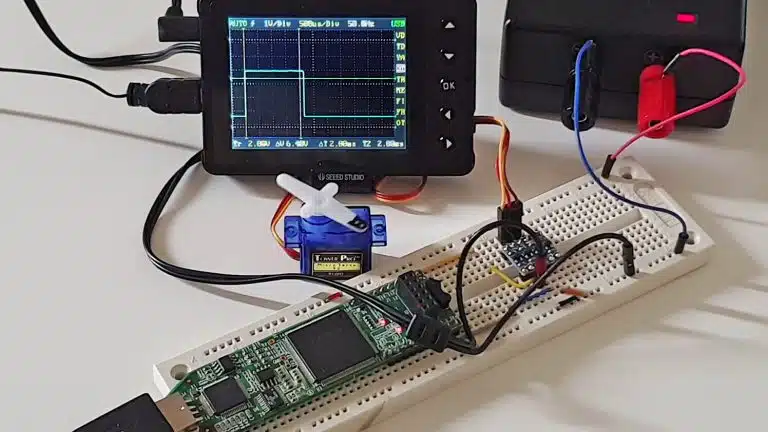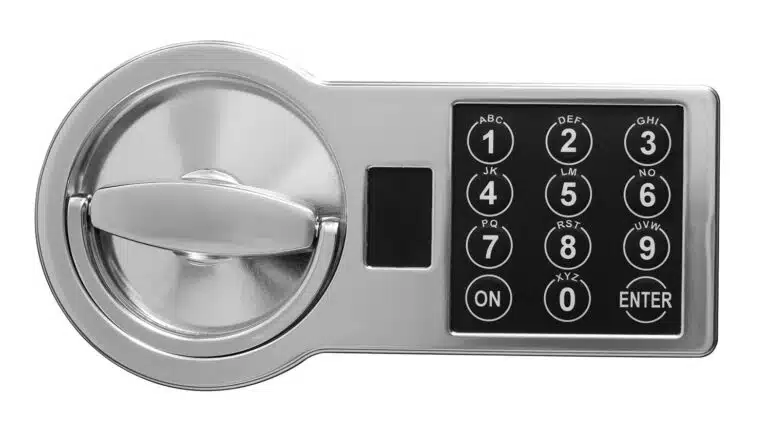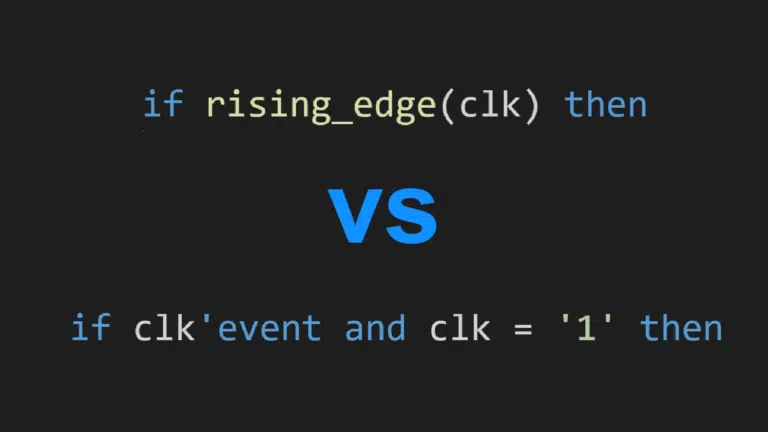Free VHDL simulator alternatives
Professional VHDL simulators are more expensive than most individuals can afford. But fortunately, there are many free and legal alternatives that you can download and install. Microsoft Windows is the easiest to install on, but many simulators also have a Linux version. FPGA vendors usually only support the Red Hat Linux distribution. But with a…

